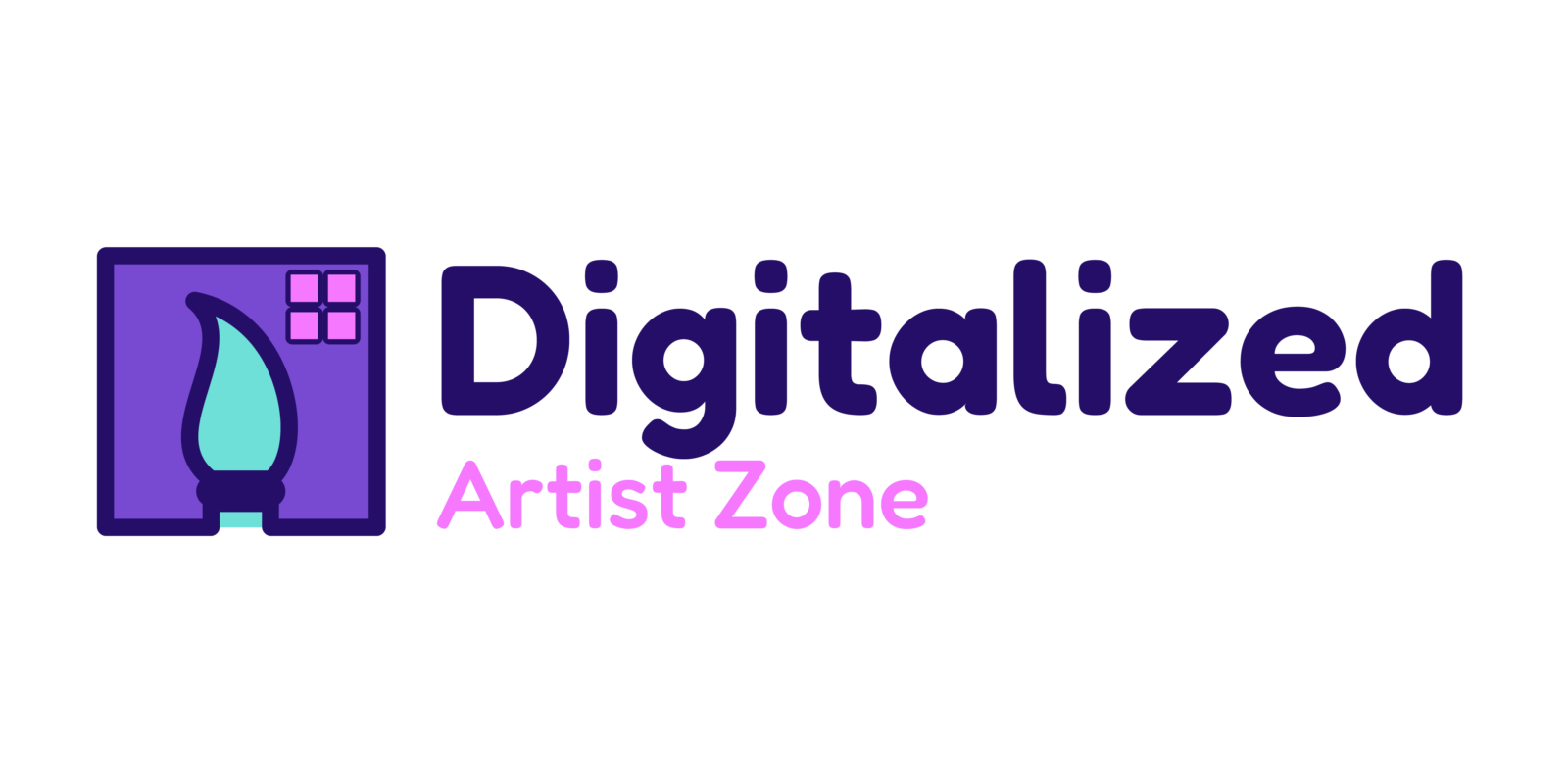Are you looking to create impactful infographics that captivate your audience? In the digital age, visual storytelling through infographics has become a powerful tool for engaging viewers and conveying complex information in a simple, compelling manner. As a seasoned blogger with a passion for design, I’ve gathered valuable insights on crafting visually stunning infographics that resonate with your target audience.
In this article, I’ll share expert tips and tricks on designing infographics that not only grab attention but also communicate your message effectively. From choosing the right color palette to structuring information in a visually appealing way, I’ll guide you through the essential elements of creating compelling infographics that tell a story at a glance. Join me on this creative journey as we explore the art of visual storytelling through the lens of infographic design.
Importance of Visual Storytelling in Infographics
Visual storytelling in infographics is a vital element that can significantly enhance the effectiveness of conveying information. By harnessing the power of visuals, infographics can engage viewers more effectively and make complex data easier to comprehend.
Utilizing visual elements in infographics helps in creating a narrative that guides the audience through the information presented. It allows for a seamless flow of content, leading the viewers from one point to another in a logical and visually appealing manner.
The strategic use of visuals such as icons, charts, and images can help in breaking down information into digestible chunks, aiding in better retention and understanding. Visual storytelling through infographics not only captures the audience’s attention but also helps in delivering the intended message more effectively.
Incorporating visual storytelling techniques in infographic design can establish a connection with the audience on an emotional level, making the information more relatable and memorable. This connection is key to ensuring that the message conveyed through the infographic resonates with the viewers long after they have engaged with the content.
Overall, the importance of visual storytelling in infographics cannot be overstated. It plays a crucial role in transforming data into compelling stories that not only inform but also captivate the audience, making the information more impactful and memorable.
Choosing the Right Data for Infographics
When designing infographics, it’s crucial to select the most pertinent data to effectively convey your message. Here are some essential steps to ensure you choose the right data for your infographics:
Identifying Key Messages
In selecting data for infographics, I always start by identifying the key messages I want to communicate. By focusing on the main points, I ensure that the data I choose aligns with the core purpose of the infographic. This approach helps in maintaining clarity and relevance throughout the design process.
Selecting Relevant Statistics
In my experience, selecting relevant statistics is paramount to the success of an infographic. I prioritize using data points that directly support the key messages identified earlier. By choosing pertinent statistics, I enhance the credibility and impact of the infographic, making it more persuasive and engaging for the audience.
Design Principles for Creating Engaging Infographics
To craft compelling infographics that resonate with audiences, I follow specific design principles to ensure visual storytelling at its best. Infographics should be visually appealing, easy to understand, and memorable. Here are key design principles to consider when creating engaging infographics:
- Simplify Complexity: I focus on simplifying complex data into digestible chunks. By breaking down information into concise sections and using visual elements like icons and illustrations, I make it easier for viewers to comprehend the content at a glance.
- Visual Hierarchy: I prioritize visual hierarchy by using different font sizes, colors, and styles to emphasize key points. This helps guide the audience’s attention and streamline the flow of information within the infographic.
- Consistent Branding: Maintaining consistent branding elements such as colors, fonts, and logo placement across the infographic ensures coherence with the overall brand identity. Consistency enhances brand recognition and strengthens the visual impact of the infographic.
- Whitespace Utilization: I leverage whitespace strategically to provide visual breathing room and prevent the infographic from appearing cluttered. Adequate whitespace enhances readability and allows the information to stand out effectively.
- Alignment and Layout: I pay attention to alignment and layout to create a structured visual flow. Ensuring that elements are aligned correctly and the layout is organized enhances the overall aesthetic appeal and readability of the infographic.
By adhering to these design principles, I craft engaging infographics that effectively convey information, engage viewers, and leave a lasting impression.
Utilizing Color and Typography for Impactful Storytelling
Colors and typography play a crucial role in visual storytelling through infographics. When I design infographics, I leverage color and typography deliberately to enhance the overall impact and effectiveness of the visual narrative.
- Color Psychology: Colors evoke emotions and convey messages subconsciously. I select colors based on their psychological impact to align with the intended message. For instance, using vibrant colors like red or orange can signify urgency or excitement, while cooler tones like blue or green may evoke a sense of calm or trust.
- Color Contrast: Contrast is key to making information stand out and guiding the viewer’s focus. I ensure sufficient contrast between text and background colors to improve readability. High contrast helps in emphasizing important data points and guiding the audience through the infographic seamlessly.
- Typography Choices: The font style, size, and spacing significantly influence the readability and visual appeal of infographics. I opt for clear and legible fonts to maintain readability across different devices and screen sizes. Additionally, varying font sizes and styles help in creating hierarchy and emphasizing key information.
- Brand Consistency: Consistency in color palette and typography aligns the infographic with the brand identity. I integrate the brand’s colors and fonts to maintain a cohesive visual identity and reinforce brand recognition. Consistent branding elements across infographics help in building brand awareness and recall.
- Emphasis Through Typography: I use typography to emphasize specific data points, quotes, or headings within the infographic. By playing with font weight, style, and color, I draw attention to critical information and guide the audience’s interpretation of the content. Typography serves as a powerful tool to highlight key messages and enhance visual storytelling.
By strategically utilizing color and typography in infographics, I create visually compelling narratives that not only attract attention but also effectively communicate complex information in a captivating manner.
Tools and Resources for Designing Infographics
When designing infographics, I rely on a set of tools and resources that help me create visually appealing and informative graphics. These tools are essential for streamlining the design process and ensuring the final product is engaging and effective. Here are some of the key tools and resources I use:
- Canva: Canva is a versatile graphic design tool that offers a wide range of templates specifically tailored for infographics. It provides a user-friendly interface and a vast library of icons, graphics, and fonts to enhance the visual appeal of infographics.
- Venngage: Venngage is another excellent platform for creating infographics, offering customizable templates and design elements to suit various infographic styles. It’s a great tool for adding charts, graphs, and illustrations to make data more visually engaging.
- Piktochart: Piktochart is a user-friendly infographic maker with drag-and-drop functionality, making it easy to design professional-looking infographics without extensive design skills. It offers a diverse selection of templates and icons to choose from.
- Adobe Illustrator: For more advanced infographic design needs, Adobe Illustrator is a powerful tool that allows for intricate custom graphics and illustrations. It gives me greater flexibility in design elements and layout options for creating unique infographics.
These tools provide me with the necessary resources to craft visually captivating infographics that effectively communicate complex information in a digestible format. By leveraging these tools, I can create compelling visual stories that resonate with my audience and leave a lasting impact.





